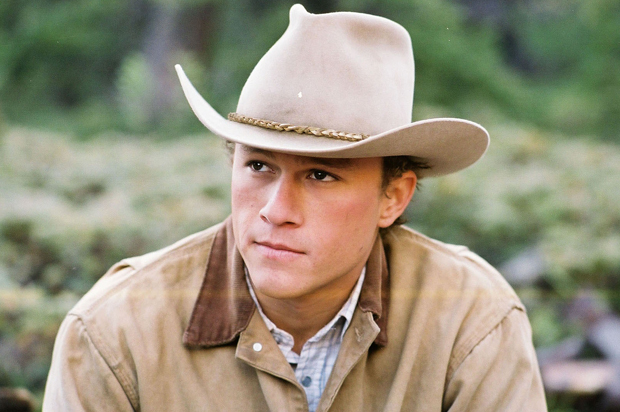
When Heath Ledger died on January 22nd 2008 he left behind 17 or so feature films in his wake. These ranged from big budget endeavours such as Christopher Nolan’s The Dark Knight released after his death in 2008 to releases such as Candy directed by newcomer Neil Armfield which did not do very well worldwide.
Ledger’s acting repertoire covered many genres: action, romance, romantic-comedy, and historical biopics to name a few and with each new release Leger proved himself as an adaptable and talented actor. This writer laments the loss of his potential future performances that could have been including any directorial efforts which he showed a flair for after turning his hand to directing in 2006.
Born in Perth in Western Austrialia and named after literary icon Heathcliff, Heath took his first steps towards establishing his acting career at the age of seventeen when he left school. He travelled across Australia and for a number of years accepted mostly television roles until his film debut in Blackrock (not covered in this article) in 1997.
After Blackrock he played teenage lothario Patrick Verona in 10 Things I Hate About You a role that is often described as his breakout role, however, Ledger describes his real breakout came with meeting mentor Mel Gibson and playing his son in The Patriot.
Between 2000 and 2005 Ledger went on to star in 9 films successfully building a solid acting foundation to springboard his career but it was not until the release of Brokeback Mountain (2005) that Ledger began garnering attention for his serious acting ability.
From Brokeback Mountain Ledger went on to deliver a number of more serious roles in Candy, I’m Not There and The Dark Knight before his death left The Imaginarium of Doctor Parnassus unfinished. Ledger leaves behind a stellar acting legacy that this writer returns to repeatedly to enjoy some of the finest performances in mainstream cinema of the past decade.
10. Casanova (Lasse Halstrom, 2005)
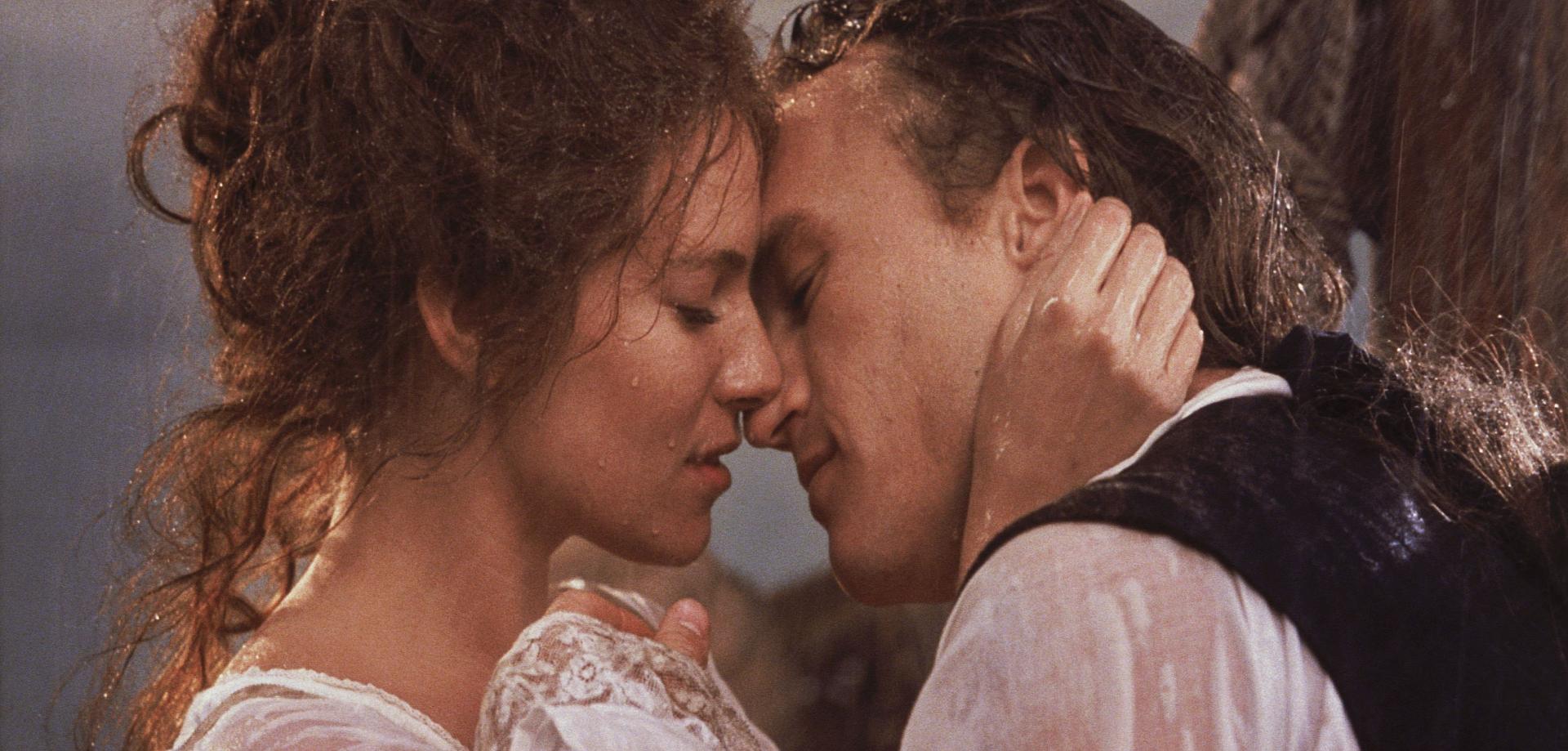
Ledger began filming Casanova after he finished the intense Brokeback Mountain and is quoted as saying ‘this was like a working holiday by comparison…we didn’t take it seriously whatsoever.’ The film itself is light and witty playing on themes of gender and love via the lothario Casanova (Ledger) and the cross-dressing Francesca (Sienna Miller).
Casanova is the rakishly handsome Venetian who spends his days seducing beautiful women until his trail of love affairs forces him to marry. Amidst selecting a stunning bride-to-be he meets the scholar Francesca whose intellect and bravery inevitably captures his attention. Her views of the love shared between a man and a woman cause him to re-evaluate his past affairs and particularly his relationship with his mother, which the films hints at being the reason behind his lothario ways.
Ledger plays Casanova as a witty, seductive, and charismatic lover, able to charm or talk his way out of most troubles. This trait leads to interesting character development following his intellectual and physical sparring with Francesca. Ledger plays Casanova wrestling with his beliefs of love to better understand Francesca and himself. Although a light film Ledger offers a depth to Casanova that creates complexity in the character.
9. Two Hands (Gregor Jordan, 1999)
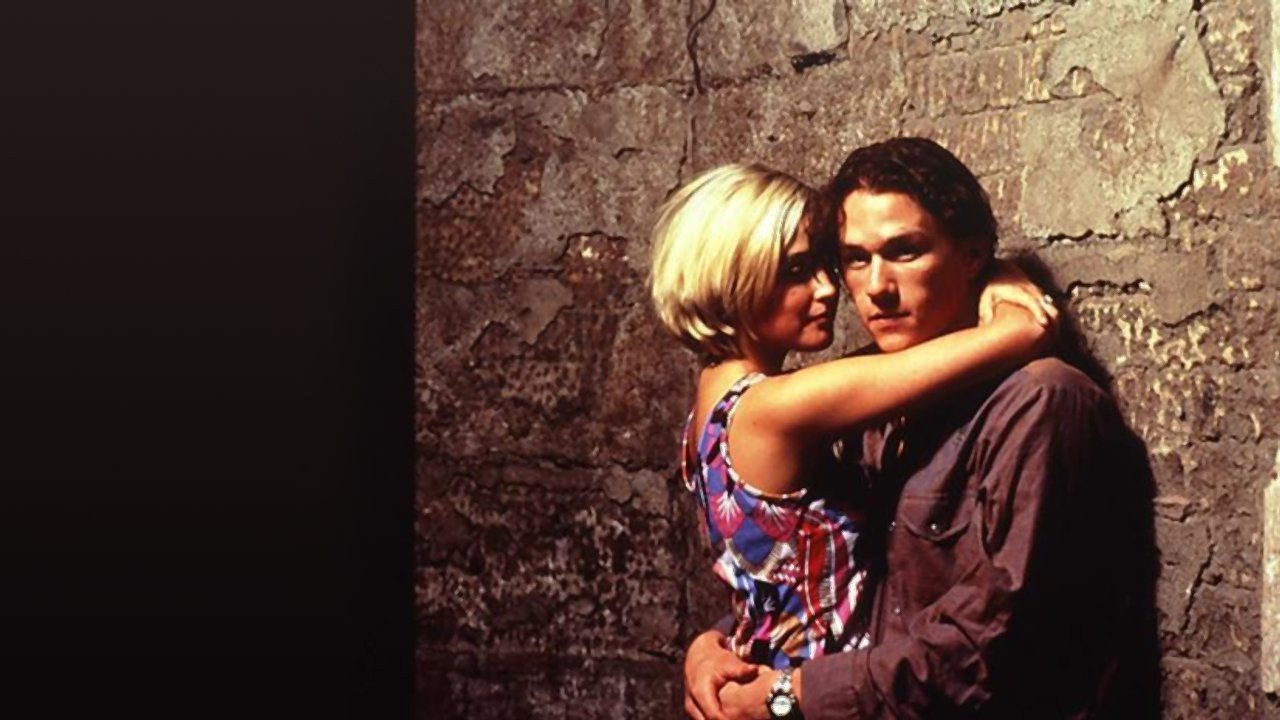
Two Hands is one of Heath Ledger’s earliest films. Set and filmed in Australia Ledger plays Jimmy, a young man working as a promoter for a strip club who longs for a more respected and powerful career. Enter Pando, an infamous figure in the community whom it is reported if you get ‘in’ with Pando then you are ‘set’. When Pando shows interest in the enterprising Jimmy Jimmy agrees to drop off a package of $10,000 to a nicotine addicted lady living alone in her apartment.
Unbeknownst to Jimmy she promptly dies at the agreed time of the meeting leaving Jimmy saddled with the money and too naïve and inexperienced to know what to do with it. Jimmy’s actions swiftly see the money stolen leaving Jimmy no other option but to go on the run from Pando and to dally with the choice of robbing a bank to raise the money. Amidst his fears of being murdered Jimmy takes the time to fall in love with Alex and they make plans to run away together.
The whole film is told through the narration of Jimmy’s deceased brother. The best parts of Two Hands are Ledger’s scenes and in particular a very raw portrayal of Jimmy panicking on a bus journey. His performance reveals Ledger’s potential for further great acting scenes and serves as evidence of his building blocks for his career.
8. A Knight’s Tale (Brian Helgeland, 2001)
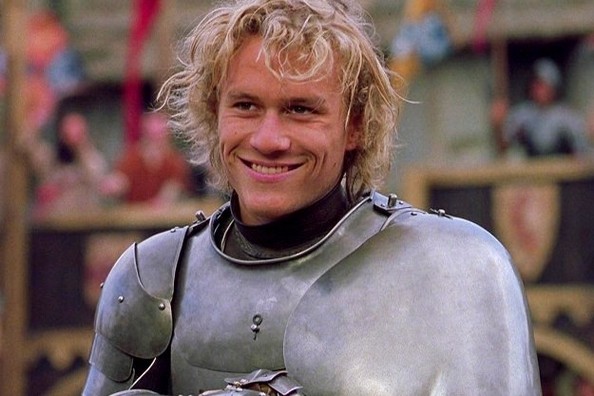
A Knight’s Tale was the first film in Ledger’s career in which he would feature as the Star tasked with the feat of carrying the nearly $50 million film. With its rocky modern soundtrack and humorous dialogue Ledger describes his reaction to reading the script as ‘Oh God, what are they trying for here?’
Straight from the set of The Patriot Ledger agreed to take up his knight’s mantle to star as young William Thatcher. Thatcher is a cocky jouster who ultimately dreams of competing against Count Adhemar of Anjou to win a jousting tournament and win the heart of the beautiful Jocelyn. With his trusty sidekicks and poet Geoffery Chaucer Ledger traverses Europe under the guise of the deceased Knight Sir Ector competing in increasingly prolific jousting tournaments.
The plot is simple and scattered with witty jokes and Heath Ledger plays his comedic role extremely well. His slapstick movements make the film very entertaining and, on the whole, Ledger’s role in A Knight’s Tale serves to prove Ledger is skilled at turning his hand to a variety of different genres.
7. I’m Not There (Todd Haynes, 2007)

I’m Not There is a biographical film largely inspired by musical legend Bob Dylan. Divided into six different personas, each played by a different actor, Ledger plays the one sixth of Dylan named Robbie Clark.
Clark is a young actor tasked with portraying another one of Dylan’s personas in an upcoming film and whose excellence sees him propelled to the height of stardom. His success puts additional stress on his marriage to his wife Claire and Clark’s flirting with other women adds to their crumbling relationship. His section begins with the revelation that Claire will be seeking a divorce, and then return to the start of their relationship where they meet in a café and begin by discussing who Clark is at heart.
Their love quickly blooms and they become infatuated with each other until the years roll by, his fame increases, and tellingly, he reveals that he believes that women cannot be poets. Ledger plays Clark as a highly opinionated character but one whom does genuinely care for Claire amidst his own introverted struggle with his beliefs about the world.
After declaring women cannot be poets, he backtracks to shout after Claire that ‘God is a woman’ proving that words can be empty despite sounding controversial and deep. His belief that this will satisfy Claire proves Leger is playing Clark as lacking the deep understanding that will keep his marriage together.
6. Imaginarium of Dr Parnassus (Terry Gilliam, 2009)
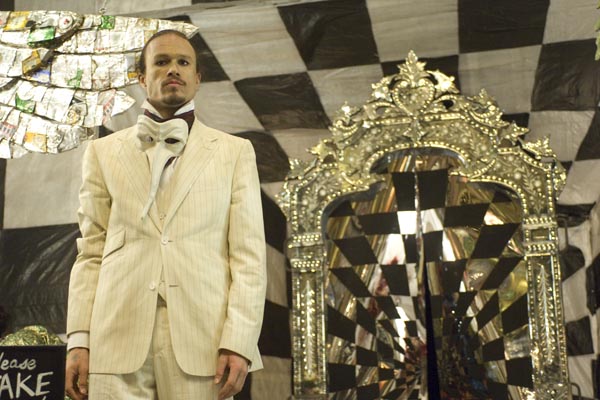
This is Ledger’s last film. On January 22nd 2008 Ledger’s body was found in an apartment in New York leaving The Imaginarium of Dr Parnassus unfinished. Director Terry Gilliam used the incomplete sections of film featuring Ledger and cut them with the re-filmed versions of Ledger’s character Tony now played by Johnny Depp, Jude Law, and Colin Farrell to finish his piece. These three actors donated their fees to Matilda, Ledger’s daughter.
The finished film is a surreal mystical journey as Dr Parnassus travels around London with his Imaginarium, convincing people to travel inside their deepest fears and desires. Parnassus journeys whittling down the time until he must fulfil his bet with the devil in the form of handing over his 16 year old daughter played by Lily Cole. T
ony enters their lives hanging by his neck off a bridge as a ghostly silhouette. The party helps him down and Tony joins their troupe. Ledger’s character is unappealing and selfish and Ledger plays him as highly skilled in captivating an audience. He is highly watchable and at the same time detestable, a feat in characterisation.